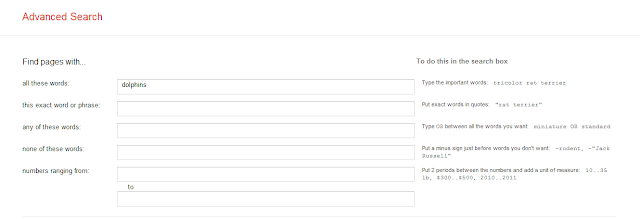Typically in a unit on the scientific method, the biggest hurdle for students is understanding and identifying the different types of variables in a science investigation or experiment.
A variable is anything that could change during an experiment. This post will walk through the different variables. Also be sure to check out a a future post on writing and understanding a hypothesis as that will also help gain a deeper understanding of this concept.
Independent Variable - Also called the manipulated variable. This is what the person doing the experiment changes or what is being tested or the attempted solution to a problem.
Ex. 1 - A person is experimenting with how fast sugar dissolves in different temperatures of water. The person has three cups of water at three different temperatures. The independent variable is the different temperatures of water.
Ex. 2 - A person is testing different stain removers on grass stains. The different stain removers would be the independent variable.
Ex. 3 - You are having trouble waking up in the morning (major problem) so you decide to find a solution. You try different types of music as your wake up song in the morning. The independent variable would be the different types of music.
What do you think? Make sense? Let's move to dependent variable.
Dependent Variable - Also called the responding variable because it responds or depends on the independent variable (rock and roll song with a major drum solo, you wake up and get to school on time, light classical music, sleep till noon.) One of the best ways to identify the dependent variable is to find what is being measured or observed. In other words, you are looking for the results.
Ex. 1 - In example one, a person is experimenting with how fast sugar dissolves in different temperatures of water. The time that sugar dissolves
depends on the temperature of the water. The time that the sugar dissolves is also what is being measured. This means that the
dependent variable is the time the sugar dissolves.
Ex. 2 - In example two, a person is testing different stain removers on grass stains. How clean the stain is or in other words how much of the grass stain is gone is the dependent variable.
Ex. 3 - In example three, the dependent variable would be
the time it takes you to wake up in response to the type of music being played on your alarm clock.
Good review so far? One more variable to go.
Control / Constant / Standardized Variables - Variables that should stay the same in order to have a "fair" experiment.
Ex. 1 - Sugar / water experiment. Control variables would include the type of sugar, the amount of water, the cup used. These are all variables that should be the same in every trial.
Ex. 2 - Stain removers. Control variables would include the type and size of the stain, how long the stain remover sits, and what the stain is put on (like a t-shirt).
Ex. 3 - Alarm Clock. Control variables would include the loudness of the alarm, how long the snooze button is set for, and the time the alarm is set for.
Here is
a link to an online quiz on variables. Give it a shot, one of the best ways to learn this is by lots of practice.



















